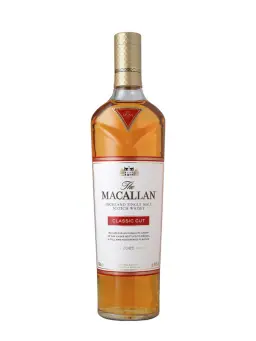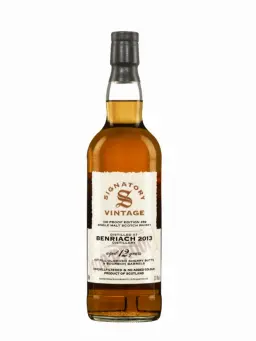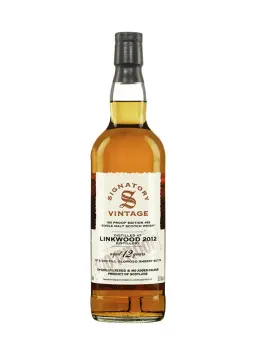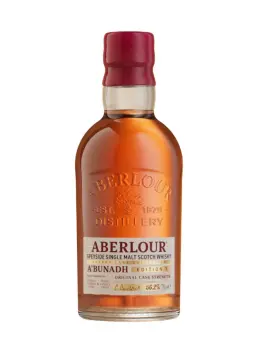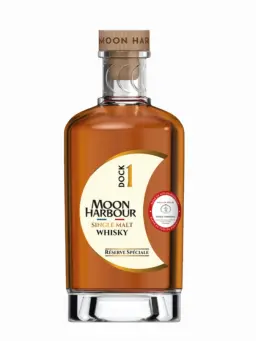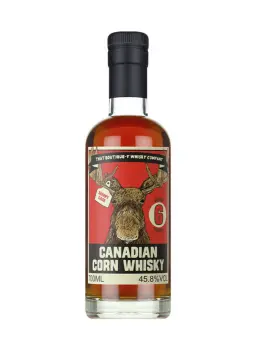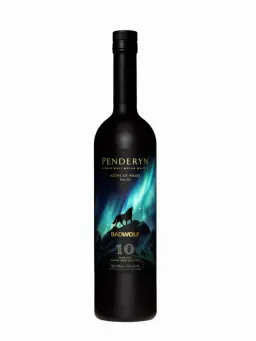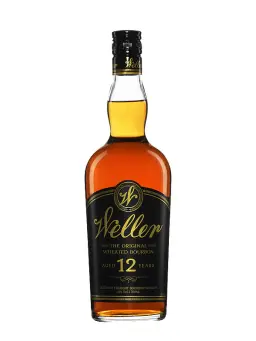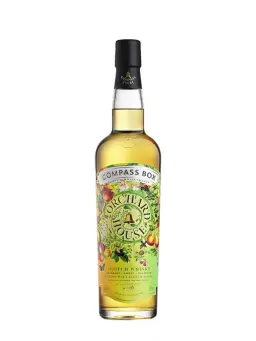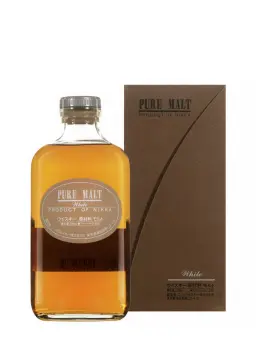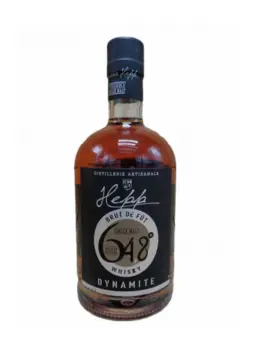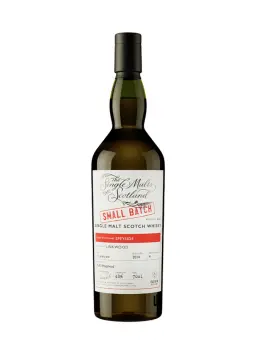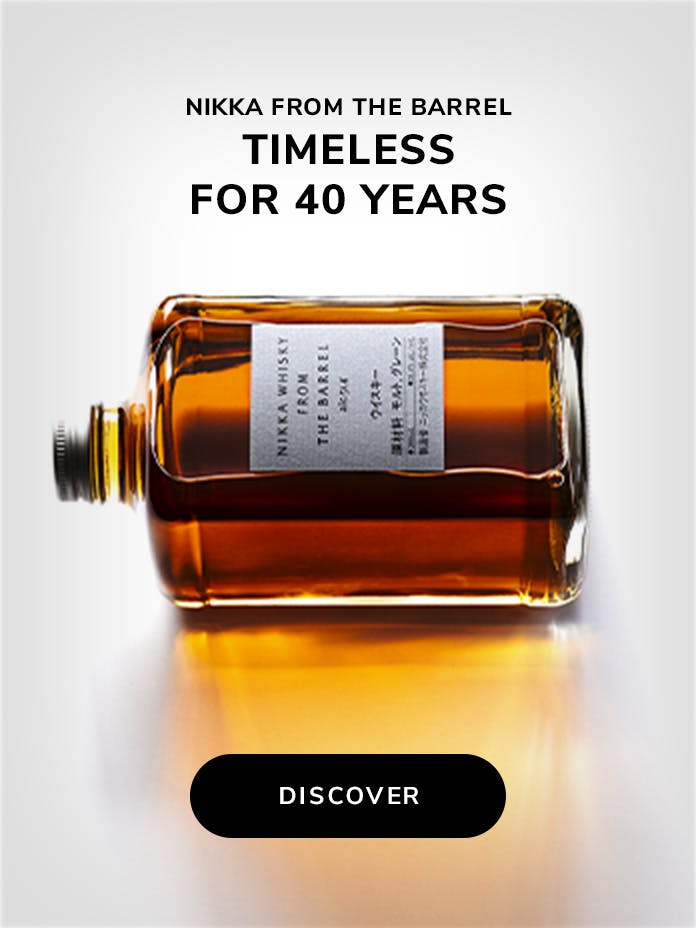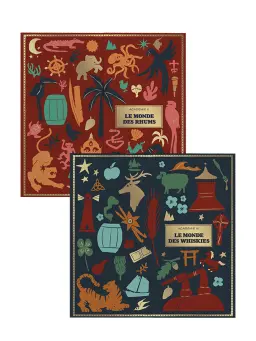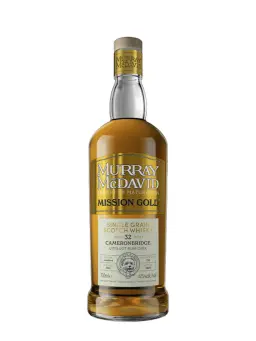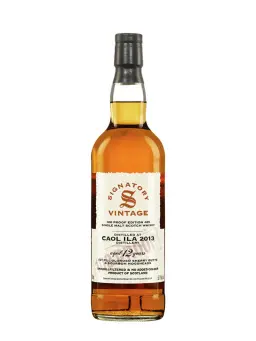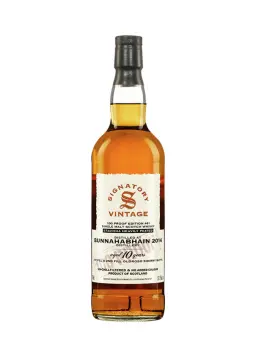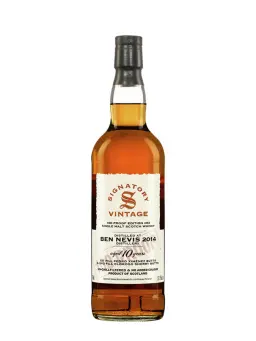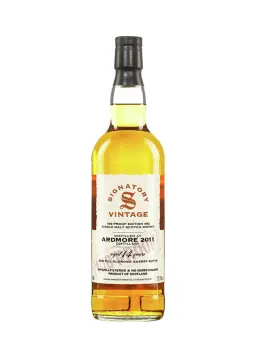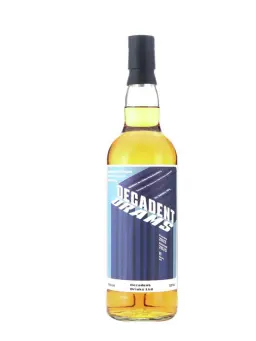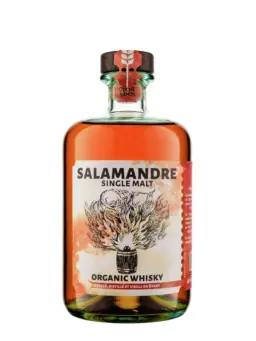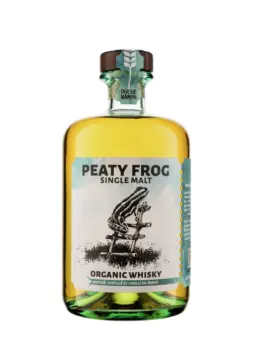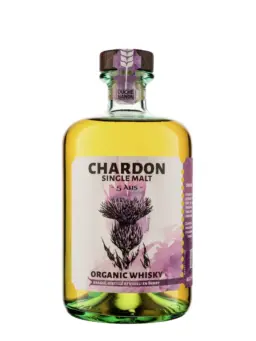Whiskies
- Types of whiskies
- Whisky tastes and flavors
- Whiskies less than 60 euros
- 50 essential whiskies
- Origins countries
- Artist ranges
- Whiskies from the LMDW catalogs
- All Spirits
2425 items
ASCEND Kÿro 47.2%
ASCEND Elysia 47.9%
SAKURAO Single Malt 43%
LAGAVULIN 12 ans 57.8%
DUO AVENT CALENDARS WHISKIES & RUMS
DUO NIKKA COFFEY MALT & GRAIN COFFRET 2 VERRES
DUO NIKKA WHISKY TAKETSURU x FROM THE BARREL
TULLIBARDINE 11 ans 2013 2nd fill sherry HHD Decadent Drams Decadent Drinks 53%
Design and Production of Whisky
Whisky (or whiskey for the Irish and Americans) is a grain spirit that requires three main ingredients: grain (such as wheat, barley, oats, corn, or rye), yeast, and water.
The choice of grain has a significant impact on the future whisky. While barley is a common grain, particularly for single malt production, corn is the primary ingredient in bourbon.
The production of whisky involves four main stages:
- Malt: once the barley is harvested, it needs to be soaked and gently heated to encourage germination. This stage releases fermentable sugars (starches). Germination is stopped by intense heating to prevent the seed from growing, which would use up the fermentable sugars.
- Fermentation: the dried malt is mixed with hot water to dissolve fermentable sugars. Yeast is added to the sugary liquid to convert the sugar into alcohol, resulting in an alcoholic liquid of about 10% alcohol by volume.
- Distillation: this stage separates water from alcohol. Generally, whisky is distilled at least twice in copper stills. The type of still used, like the grains, also impacts the taste of the whisky. Some of these spirits are distilled a third time, as is often the case with Irish whiskies.
- Aging in casks: this is the final step before bottling. Whisky is primarily aged in oak barrels that have previously been used for American bourbon maturation or, more rarely, for sherry or Spanish "xérès" wine. Other barrels, such as new barrels for bourbon, wine barrels, or rum barrels, can also be used. The spirit must remain in barrels for at least three years to be called whisky.
What's the Difference Between Single and Blended Whisky?
When we talk about single malt, we refer to a whisky from a single distillery, produced solely from malted barley and distilled in pot stills. For single grain, the grains can vary, and the distillation is often done in column stills, but it must come from the same distillery. Single cask refers to whiskies that are not blended and come from a single barrel.
When we talk about blended whisky, we mean blends from different distilleries. Blends are combinations of various types of whisky, such as malt and grain. Note that a blended malt is a mix of malt whiskies from different distilleries, and a blended grain follows the same principle for grain whiskies.
It is common to blend different whiskies, as the vast majority of whiskies are blends, similar to cooking recipes perfected over time.
Aging in oak casks involves variables like the quality of the wood. Blending is necessary to ensure consistent flavors. Apart from maintaining production consistency, blending whisky is also used to achieve refined flavors.
Enjoying Whisky Properly
Contrary to popular belief, the classic straight-sided glass, known as a tumbler or old-fashioned glass, is not ideal for enjoying and savoring whisky. Its wide shape hinders the release of aromas. Narrow-necked glasses with a wide base, such as tulip-shaped glasses, are preferable. Their stems are also beneficial as they prevent heating the whisky when held.
Did you know the ideal tasting temperature is between 14 and 22°C, depending on the type of whisky? This is why adding ice is not recommended. While ice cools the drink, it mutes the flavors and whisky aromas. A splash of water after the initial scents and sips or simply chilling the bottle before tasting is preferable.
Whisky should be aired for a few minutes to release its initial alcohol vapors and fully appreciate its flavors. Finally, the tasting order is essential. Start with mild, floral whiskies and end with peaty whiskies with strong smoky notes that tend to linger on the palate.
